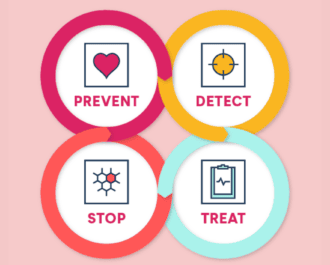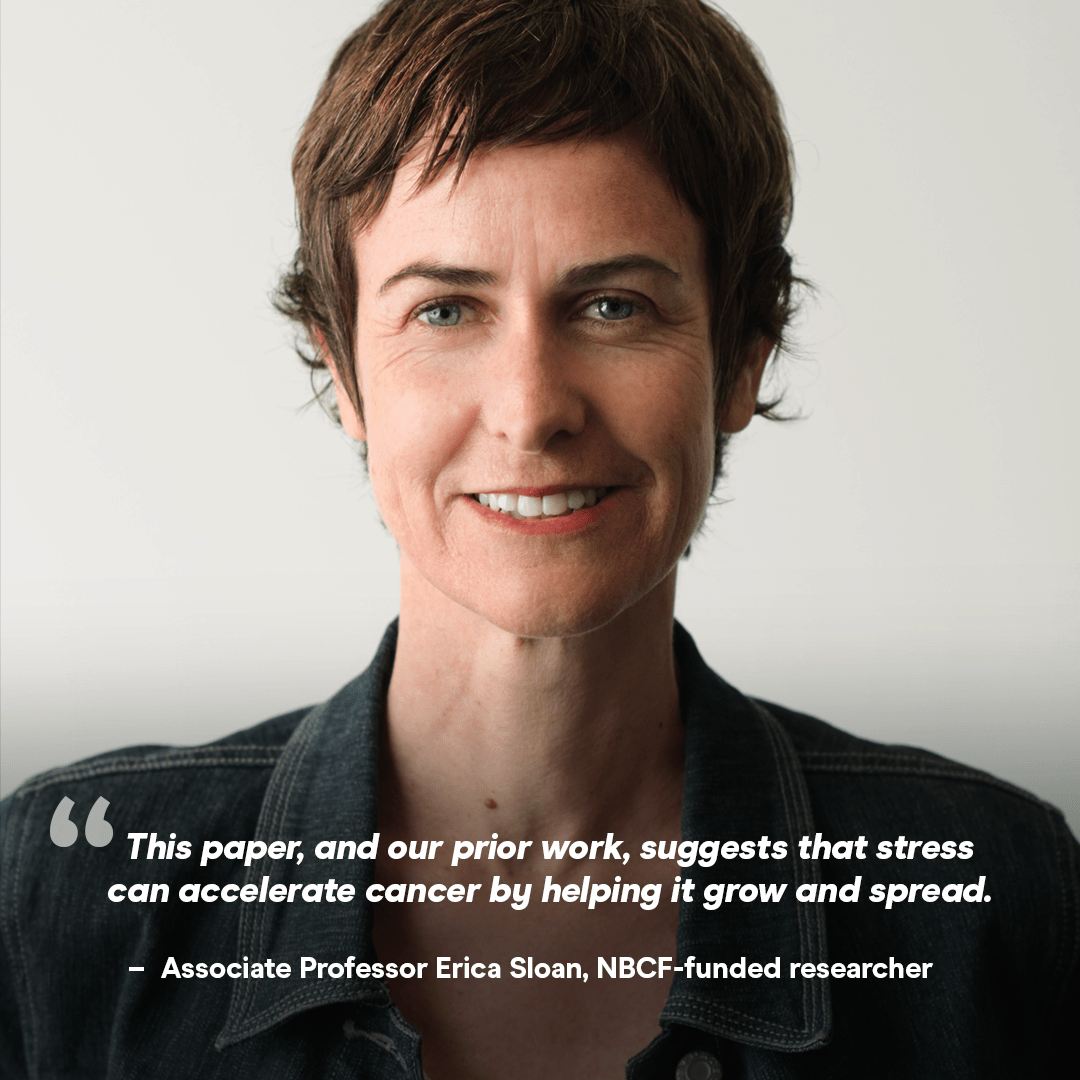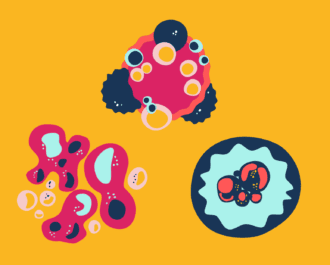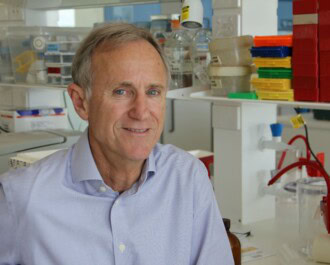
 A new study has revealed a mechanism that explains how chronic stress allows acceleration of breast cancer growth. The interactions between stress and other health issues, such as heart problems and cognitive impairment are well known. However, less is known about the effect stress can have on breast cancer.
A new study has revealed a mechanism that explains how chronic stress allows acceleration of breast cancer growth. The interactions between stress and other health issues, such as heart problems and cognitive impairment are well known. However, less is known about the effect stress can have on breast cancer.
The study, published in the Journal of Clinical Investigation investigated how a hormone called adrenaline works to encourage breast cancer spread. The investigators found that an increase in adrenaline changes how tumour cells metabolise energy. The access to additional energy helps the tumour to grow and spread more rapidly. It is important to note that the research does not suggest that chronic stress can cause cancer, but shows that stress may allow tumours to grow more rapidly.
NBCF-funded researcher Associate Professor Erica Sloan from Monash University has worked extensively in this area. “The study is the first to show that stress changes how tumour cells use energy, making them more stem-cell like,” she said. “This paper, and our prior work, suggests that stress can accelerate cancer by helping it grow and spread.”
While behavioural change, counselling and support are key methods of reducing stress, this research suggests that it may also be possible to slow or stop cancer using drugs that block the chemical effects of stress. One possible option identified by the research reported in Journal of Clinical Investigation is vitamin C, which has been shown to decrease tumour size in previous in vivo studies. Another study by Associate Professor Sloan found that beta-blocker drugs that are also used for high blood pressure reduced the risk of cancer spread.
“We know that cancer is an incredibly stressful experience, and so we are focused on understanding how to develop drugs to block the effects of that stress,” said Associate Professor Sloan. “We are also exploring how these drugs could be used in combination with existing treatments, to optimally help patients.”
More News Articles
View all News


